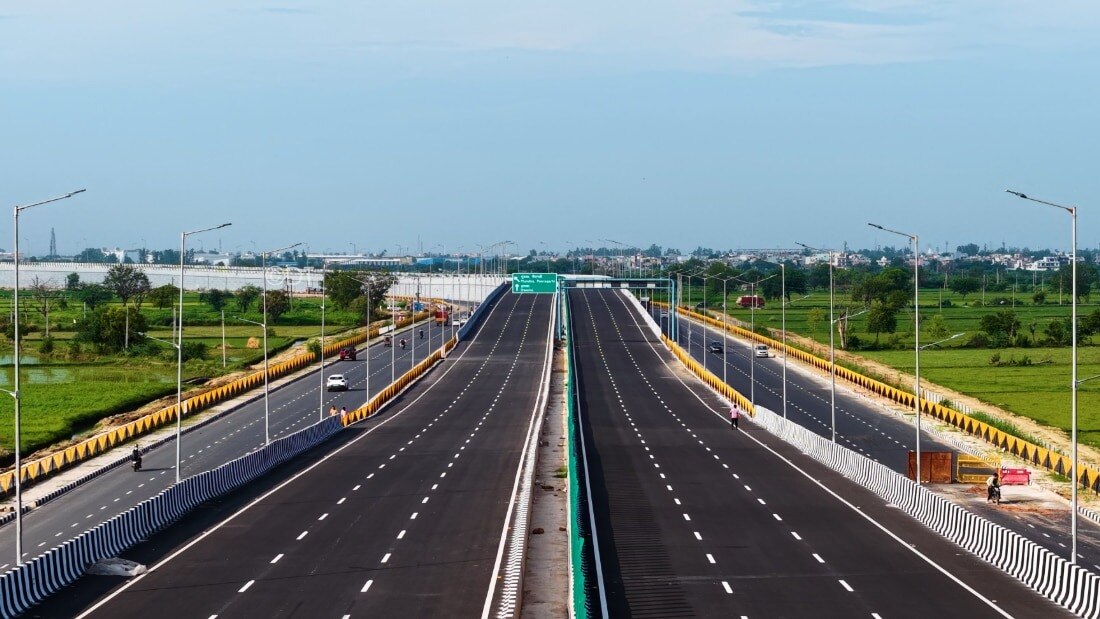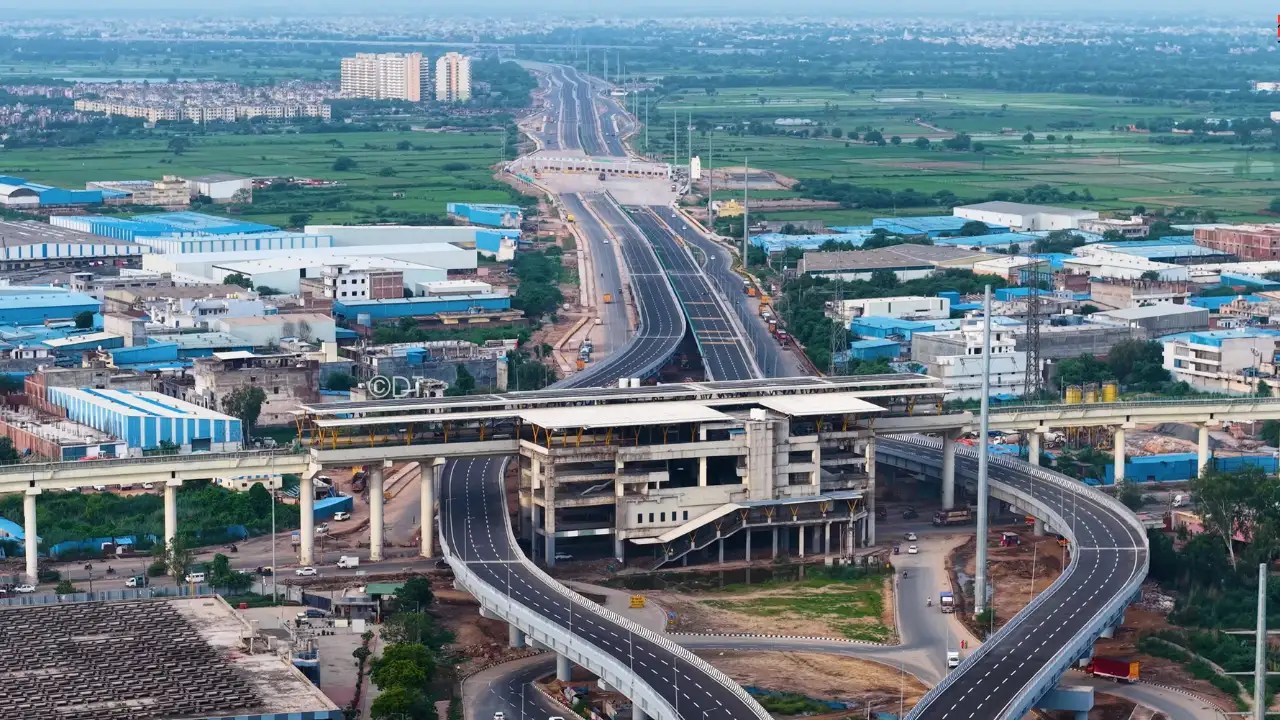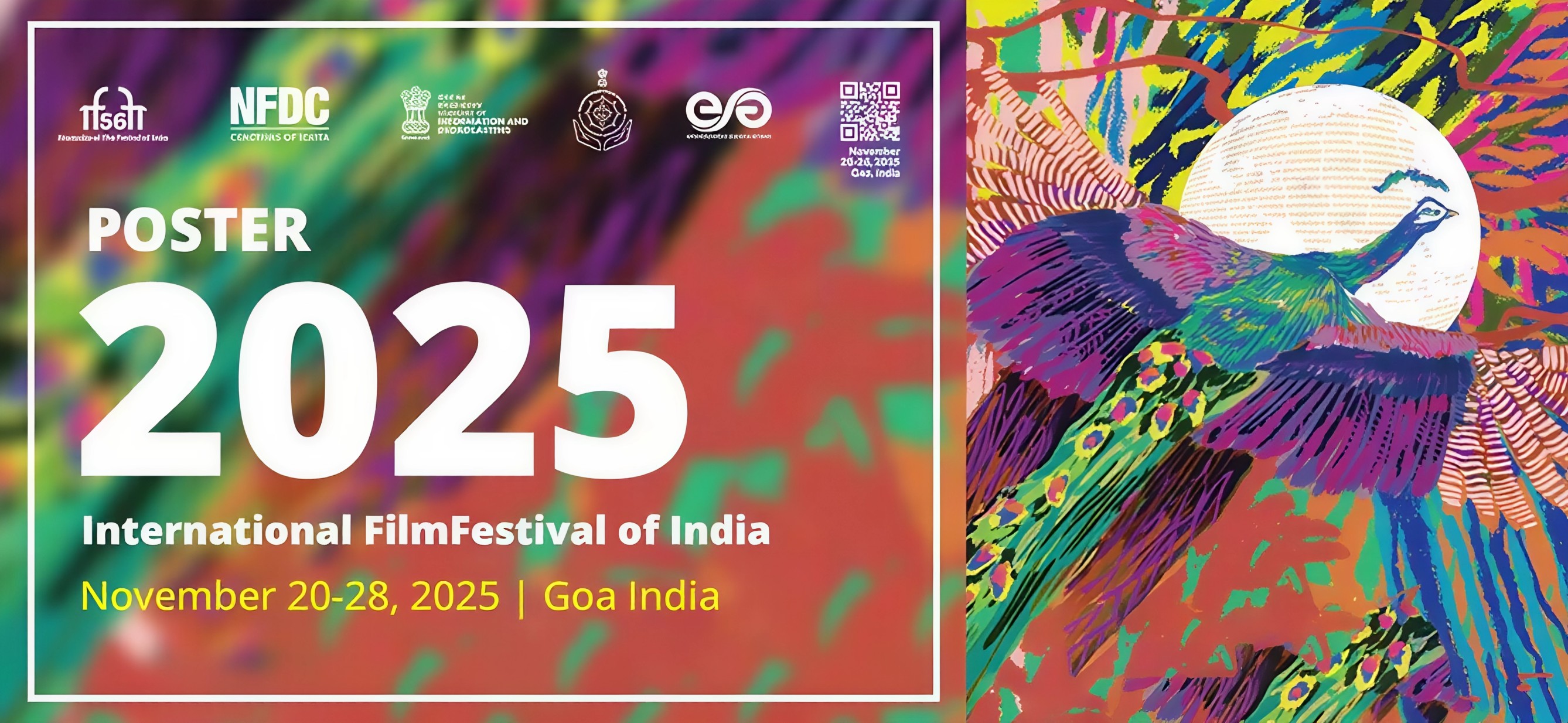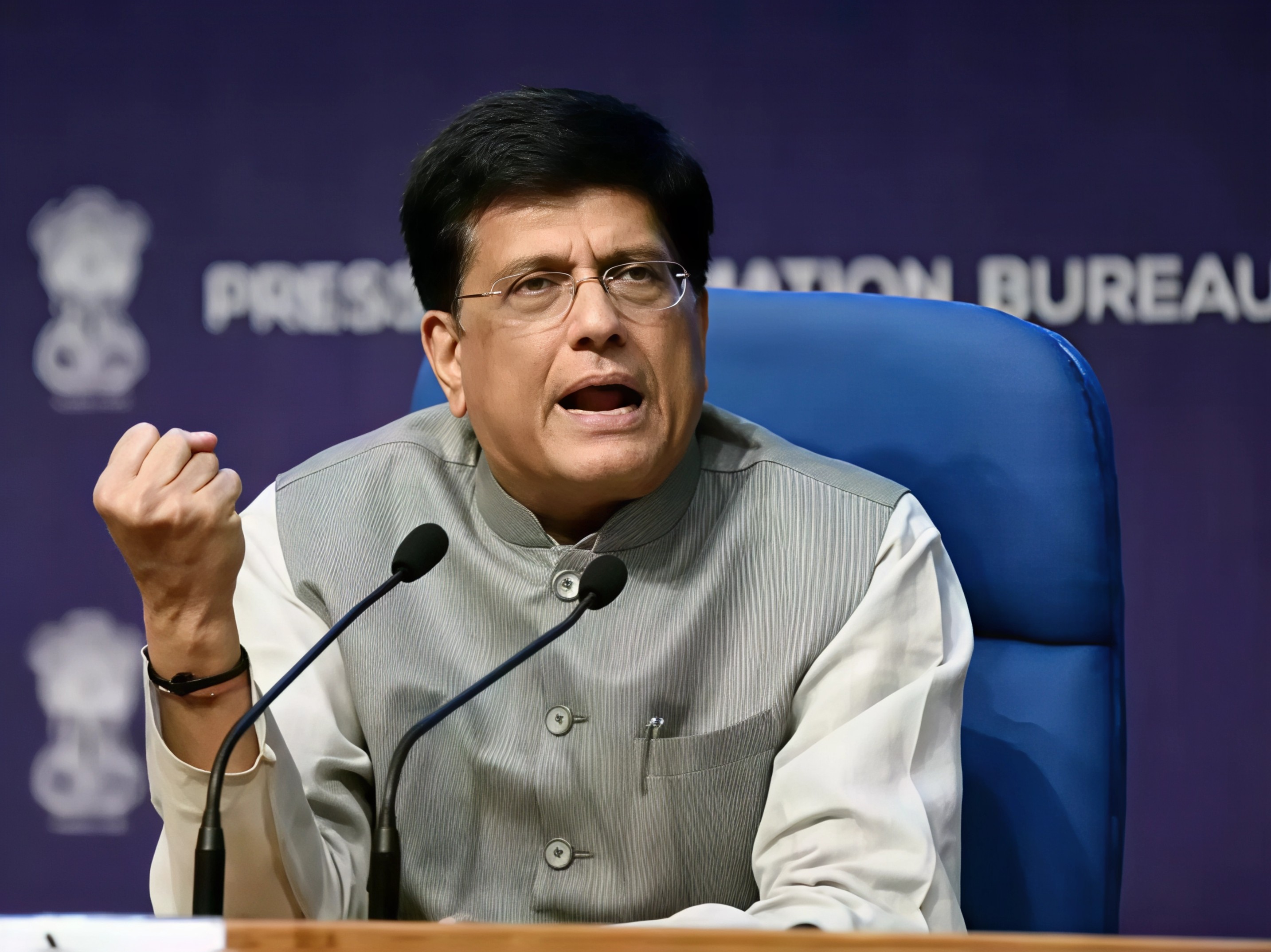Travelling to Indira Gandhi International Airport from Noida and neighbouring parts of Delhi NCR has become significantly faster and more convenient. Prime Minister Narendra Modi recently inaugurated two landmark infrastructure projects that promise to transform daily commuting: the 76 kilometre Urban Extension Road II, designed as Delhi’s third Ring Road, and the 29 kilometre Dwarka Expressway. Together, these projects are expected to ease traffic pressure, improve connectivity, and provide a major boost to regional travel.

Built at a cost of nearly eleven thousand crore rupees, the new expressways have been designed to reduce congestion on Delhi’s arterial routes while offering seamless access to neighbouring cities. The Urban Extension Road II connects key areas across Delhi and Haryana, linking Alipur to Mahipalpur near the airport. Covering 54 kilometres within Delhi and 21 kilometres in Haryana, it features eight lanes, service roads, four multi-level interchanges, and multiple underpasses. This corridor strengthens connectivity between seven major hubs including Najafgarh, Dwarka, Rohtak, and Sonipat, making it an essential addition to the city’s long-term transport plan.
Alongside it, the Dwarka Expressway connects the Kherki Daula toll plaza in Gurugram to Shiv Murti near Mahipalpur. The Delhi stretch alone includes a five kilometre tunnel that directly links the expressway to IGI Airport, ensuring smoother and faster travel for passengers. In addition, the corridor is connected to important transit hubs such as the Yashobhoomi Convention Centre, Dwarka bus depot, the upcoming Bijwasan railway station, and the Delhi Metro’s Blue and Airport Express lines.

The combined impact of these projects is expected to be transformative. Commuters travelling from Noida and western suburbs can now reach the airport in as little as 20 minutes, compared to journeys that earlier stretched beyond two hours during peak traffic. Beyond easing daily commutes, the highways also strengthen connections to industrial hubs, improve freight movement, and provide faster access to cities like Chandigarh, Jaipur, and even Mumbai.
For residents of Delhi NCR, these projects mark a new era of connectivity. By bypassing bottlenecks such as Dhaula Kuan and Mukarba Chowk, they promise to not only improve travel times but also reduce traffic stress across the region. With both roads now operational, the long wait for a smooth, high-speed airport route has finally ended.
For more updates on travel and infrastructure developments, follow Travel Moves on Instagram and Facebook.








